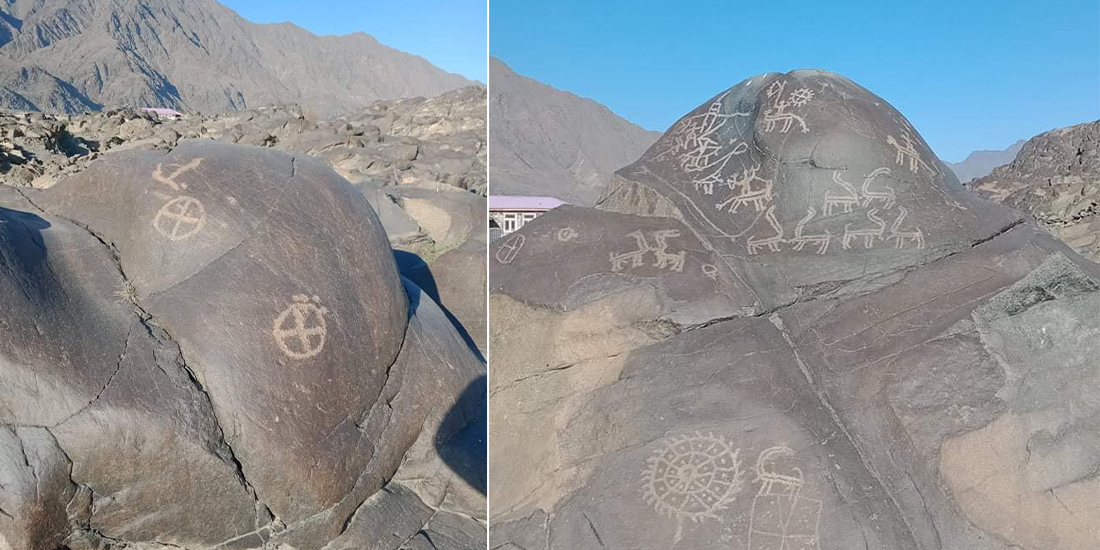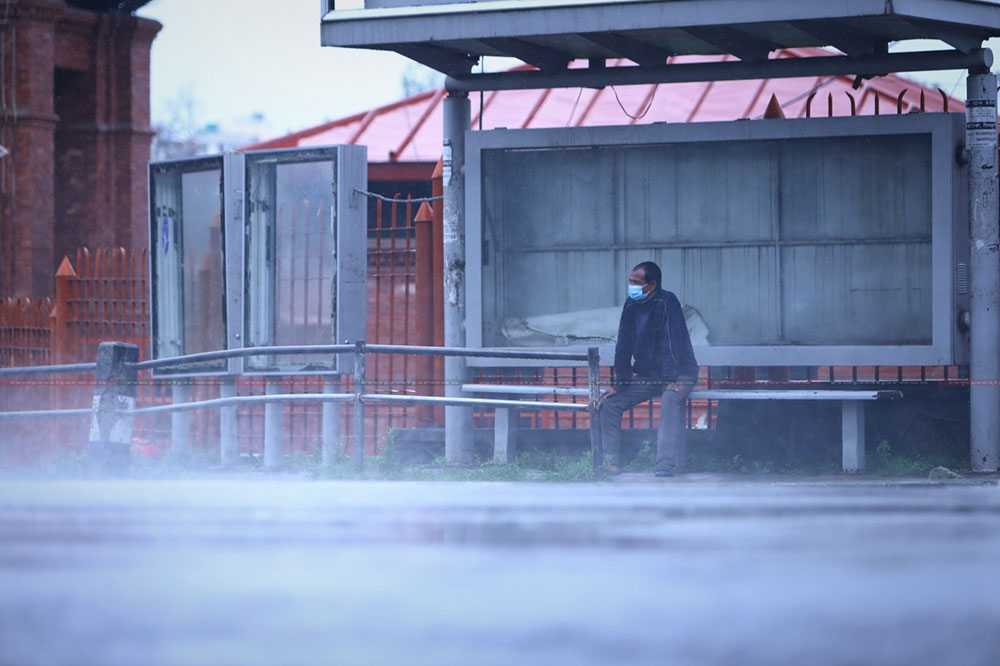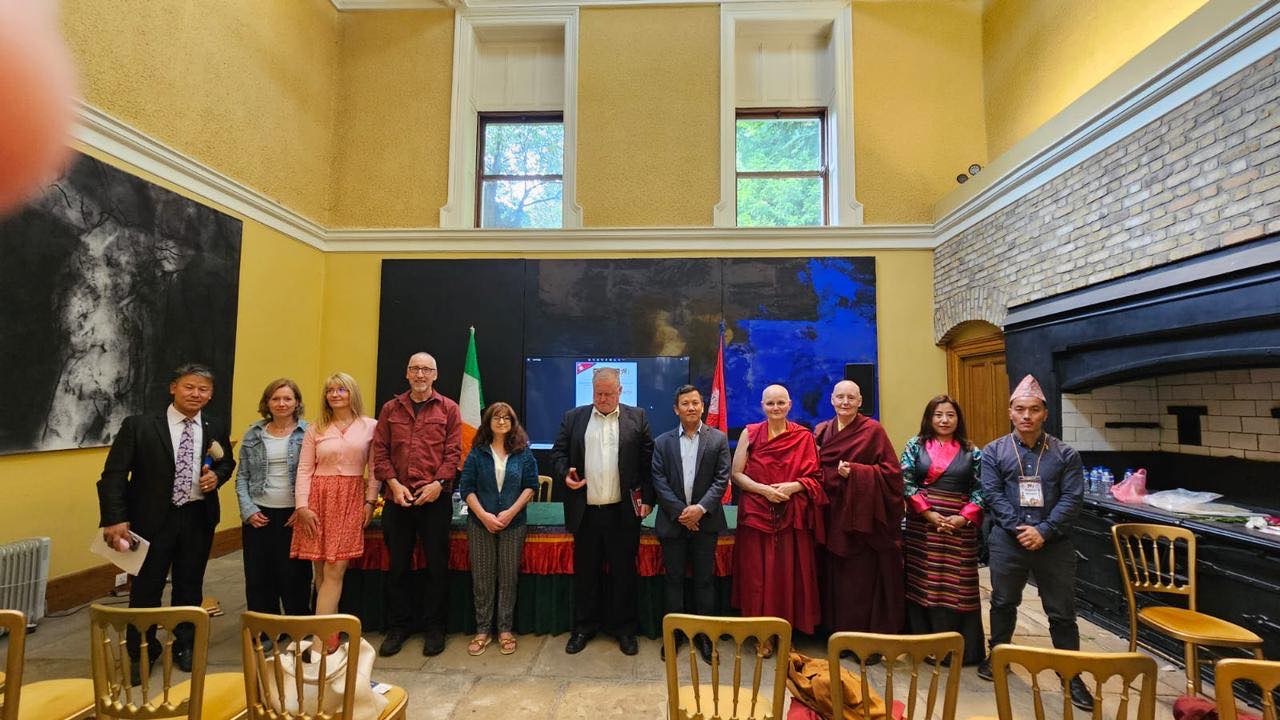Safeguarding rock paintings along the China-Pakistan Economic Corridor

The Belt and Road Initiative (BRI) is China’s signature foreign-policy project, initiated under the leadership of President Xi Jinping in 2013. It is considered the ‘Revival of the Silk Road’. It connects countries, regions, and continents through five roads and six economic corridors.
Out of six economic corridors, the China-Pakistan Economic Corridor (CPEC) is one of the massive development initiatives that seek to establish connectivity between Gwadar Port in Pakistan and China’s northern region of Xinjiang. Connectivity, one of the major thrusts of BRI, involves construction and infrastructure development in CPEC.
While implementing such infrastructure development projects, China and Pakistan have been paying due attention to protecting and preserving archaeological sites. Recently, there has been news that a collaborative archaeological survey team, led by an institution such as Chongqing Normal University, from China and Pakistan, is working together to research and preserve the Upper Indus Rock Painting Corridor.

The project consists of Xi’an Jiaotong University, Lanzhou University of China, the Pakistan Higher Education Commission Corridor Authority, the University of Bahawalpur, the Punjab Archaeology Department, and other actors in the field. The team has been working on strategies for the preservation of the rock paintings by applying modern conservation techniques while respecting the cultural and historical integrity of the site.
The project includes local communities in the conservation efforts to develop a sense of ownership among them, hoping that it will contribute to its sustainability. This kind of collaborative effort aims to understand the cultural significance of the historical context. It is believed that it will open new avenues for cultural exchange and knowledge sharing in terms of fostering conservation.
It is so important because the Upper Indus region, encompassing areas in present-day Pakistan, has a rich archaeological history that dates back to around 5000 B.C. and 1000 A.D. This region has been a focal point of human settlement and cultural development, contributing significantly to our understanding of the prehistoric and ancient periods. In fact, the discovery of the Indus Civilization, also known as the Harappan Civilization, marked a significant breakthrough in the field of archaeology, and it remains one of Pakistan’s most important contributions to global understanding of ancient civilizations. This discovery occurred shortly before the end of the colonial period in the mid-20th century.















